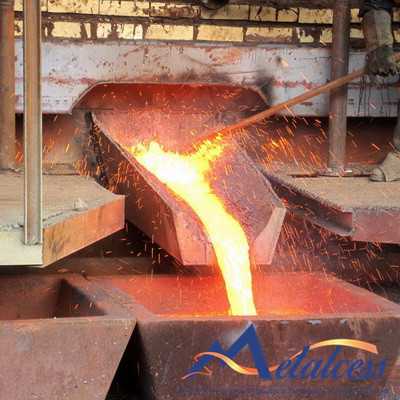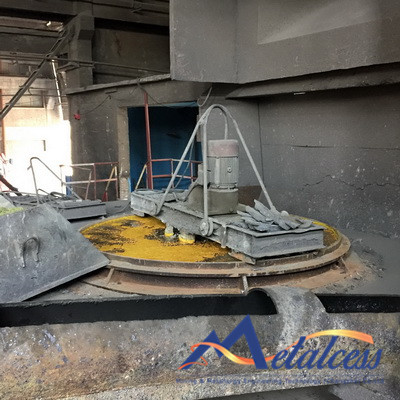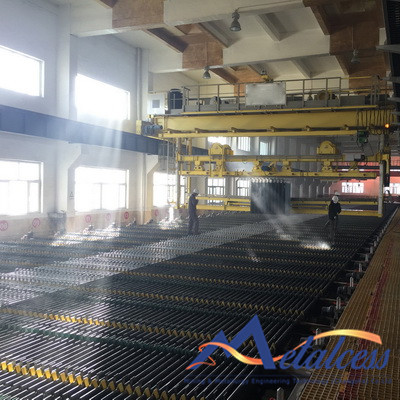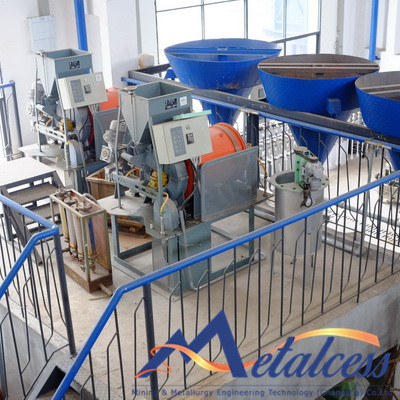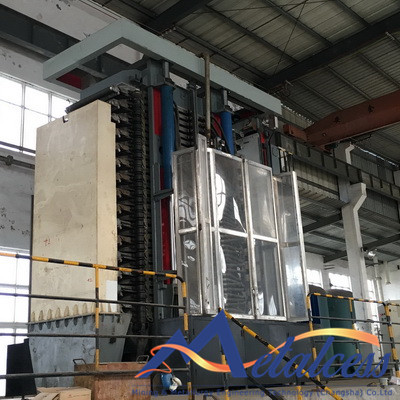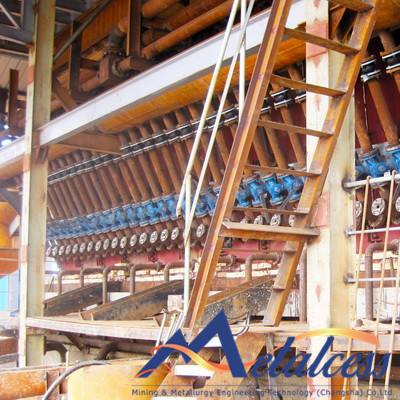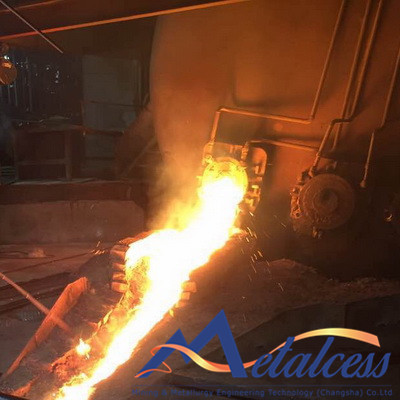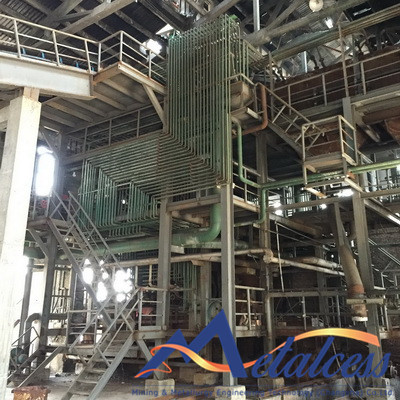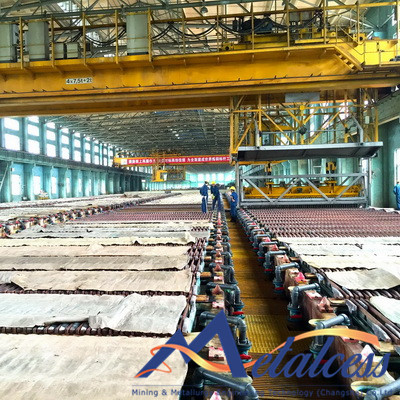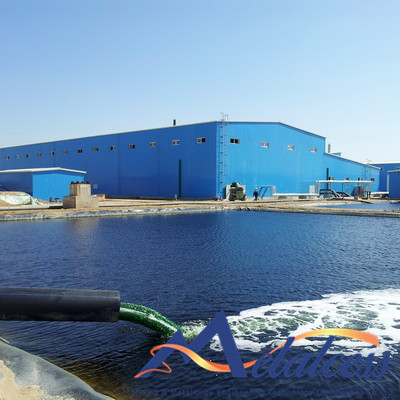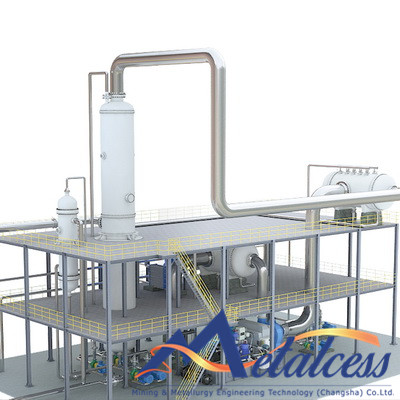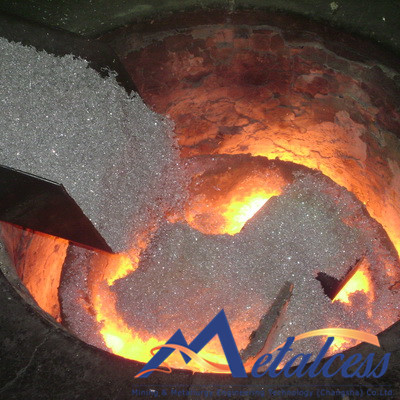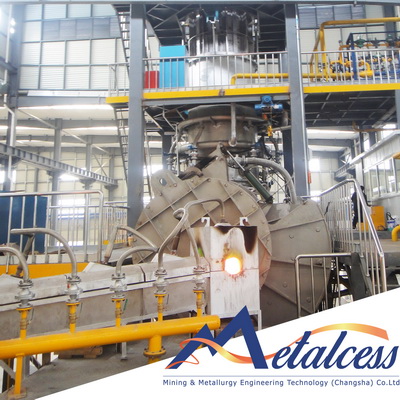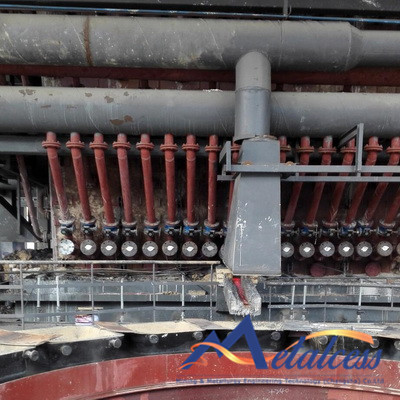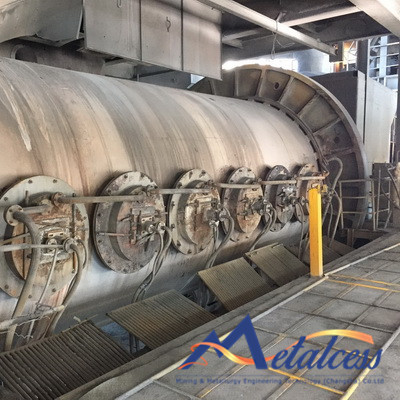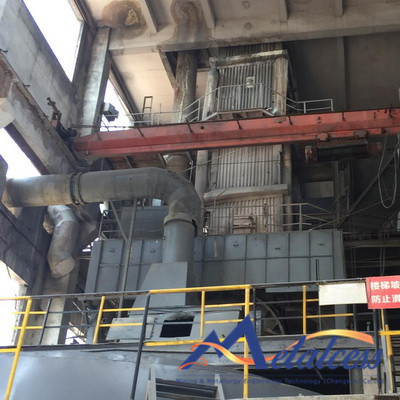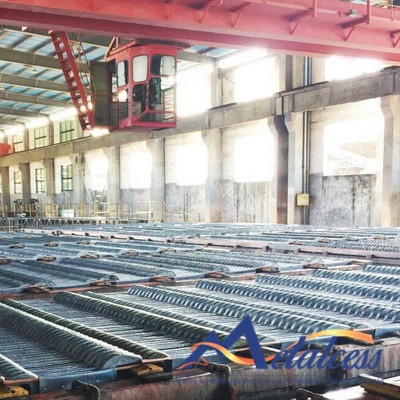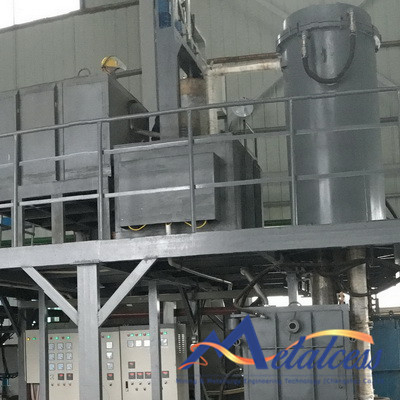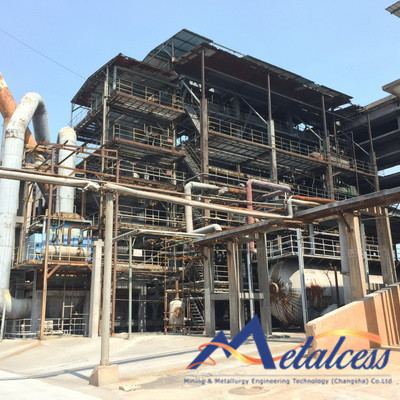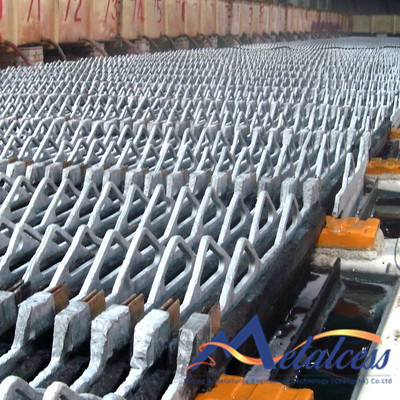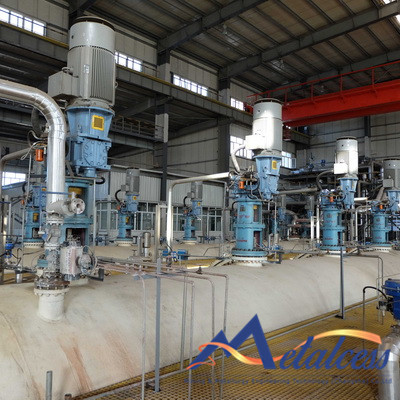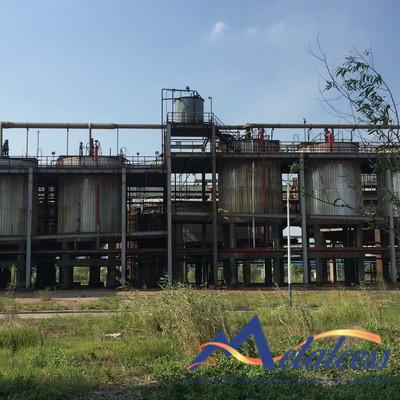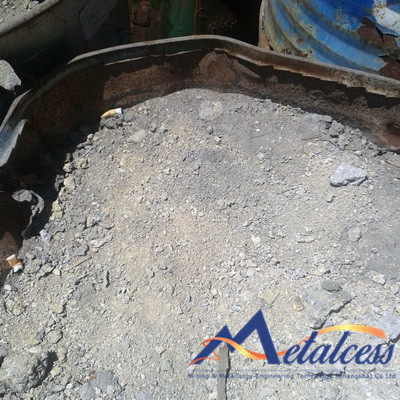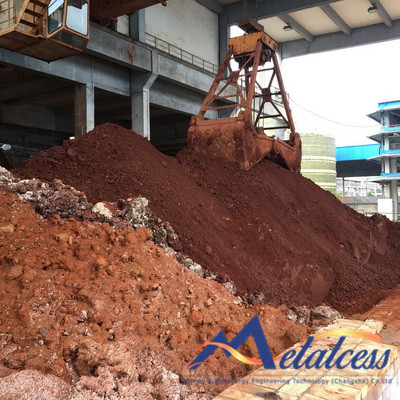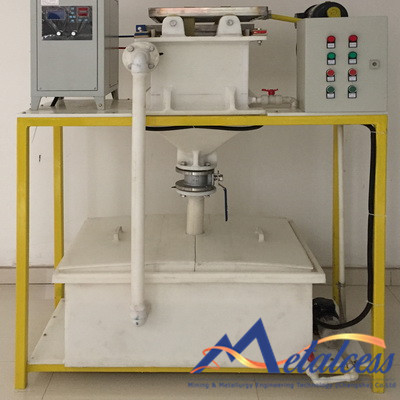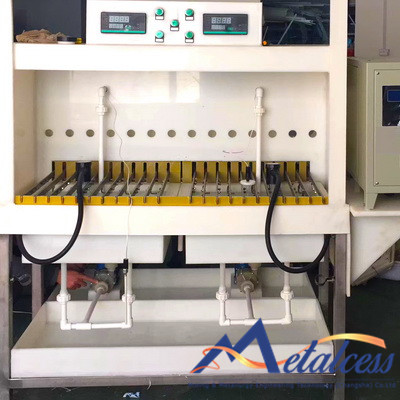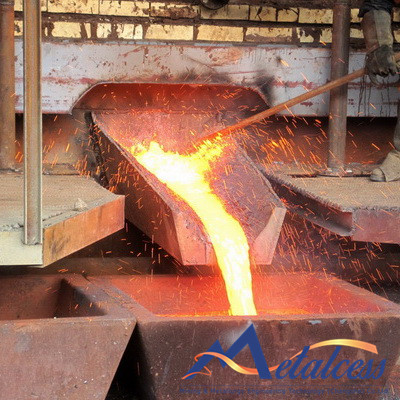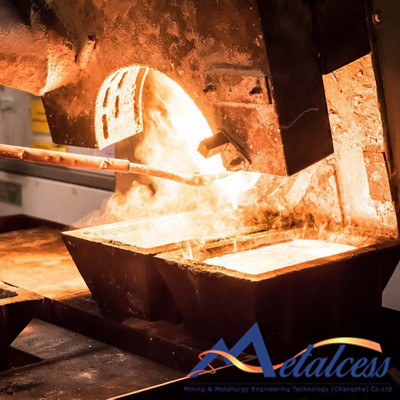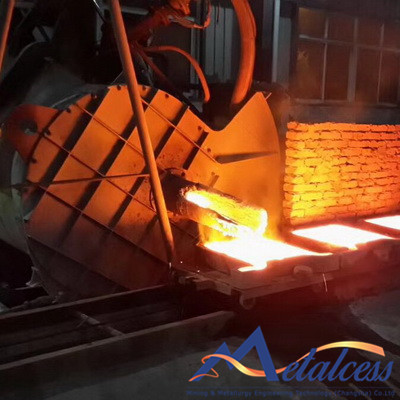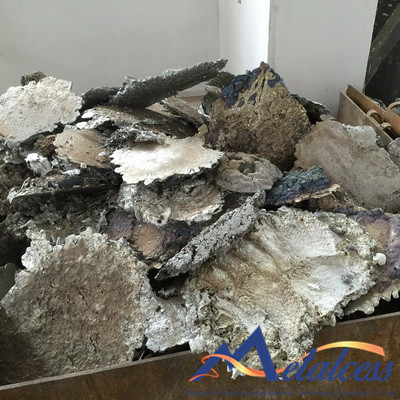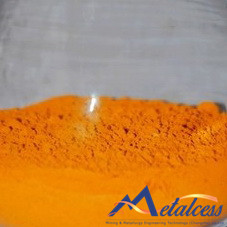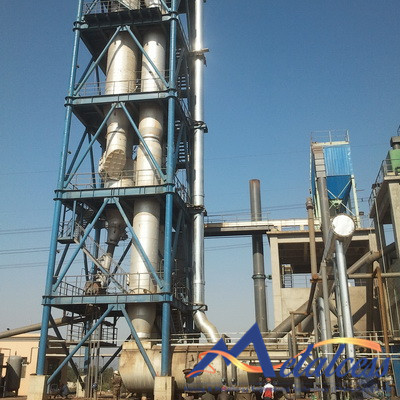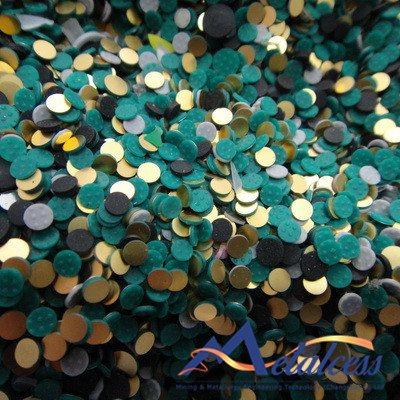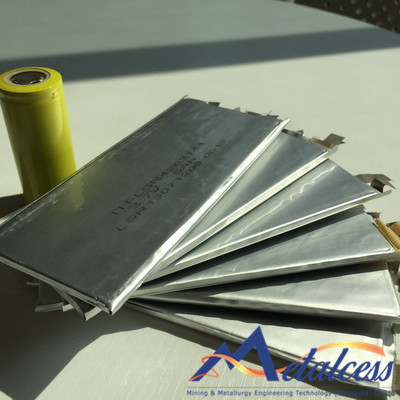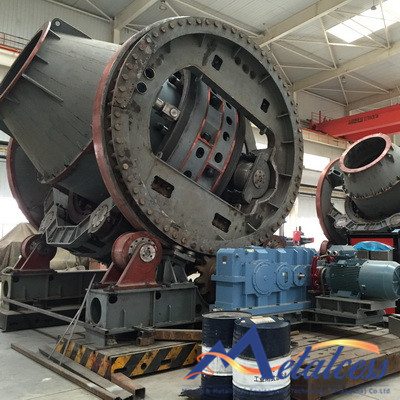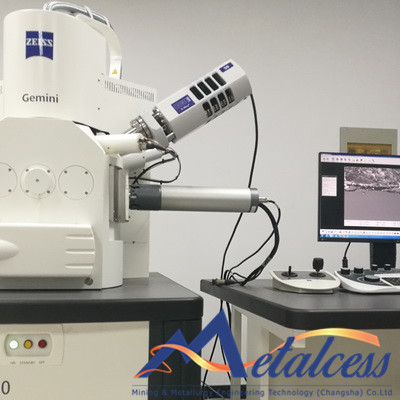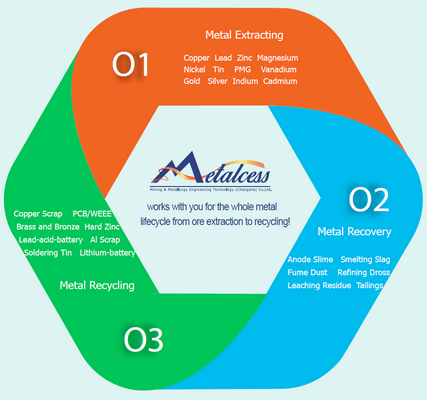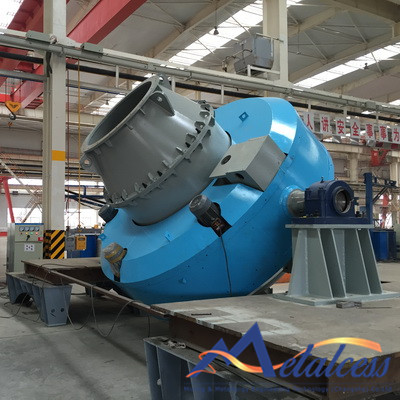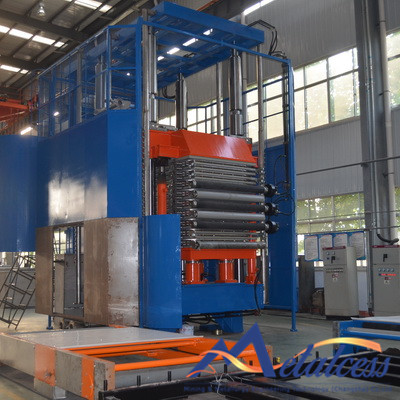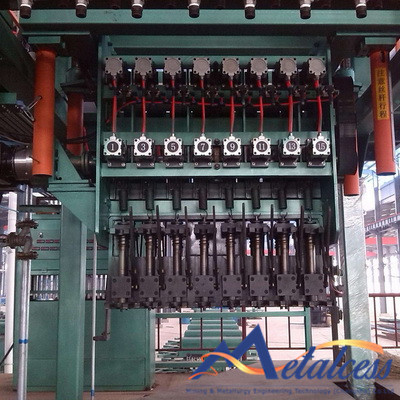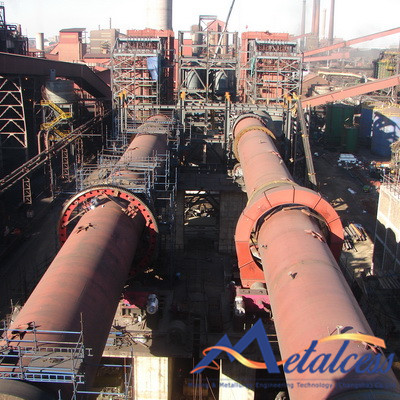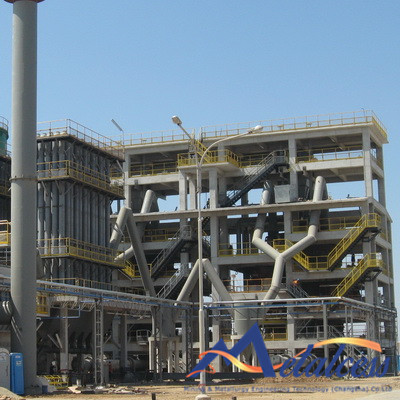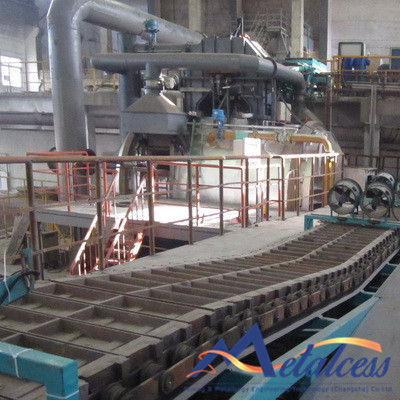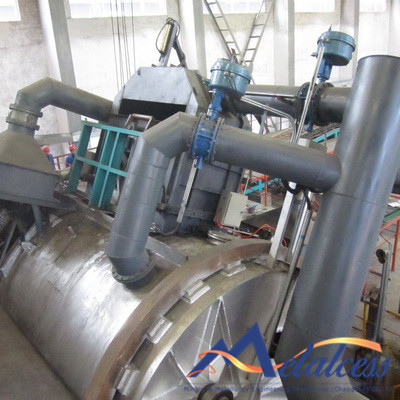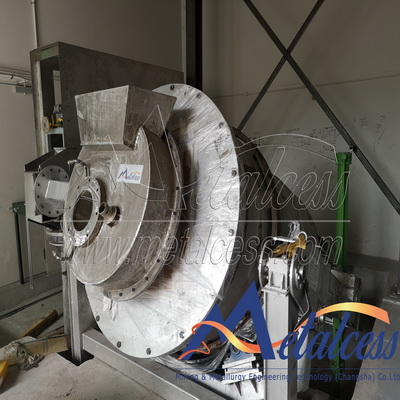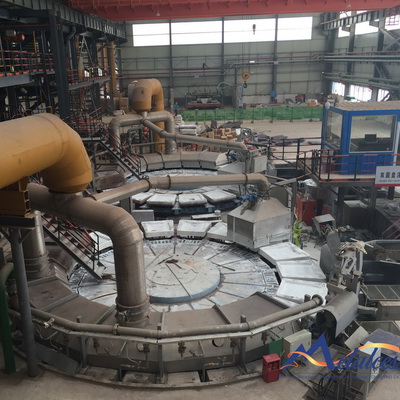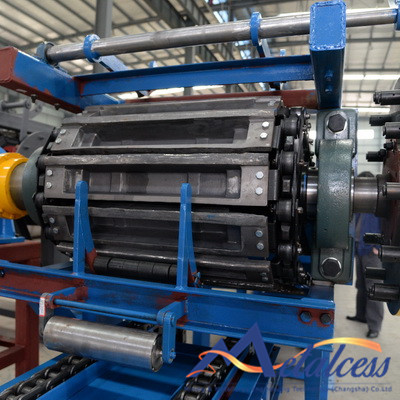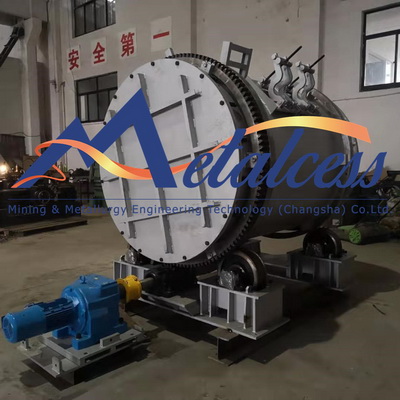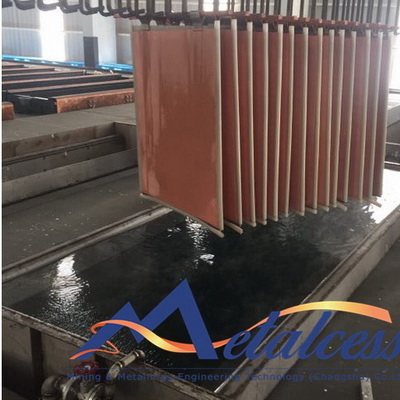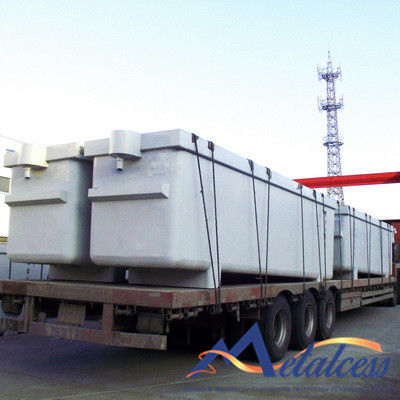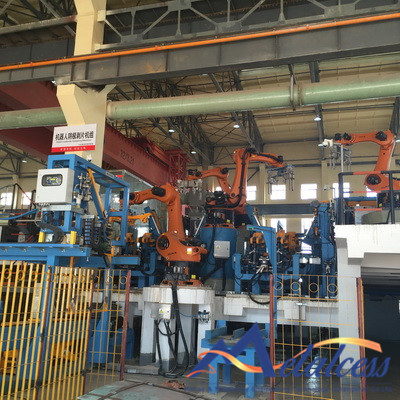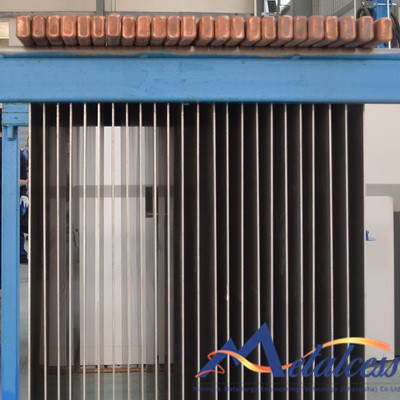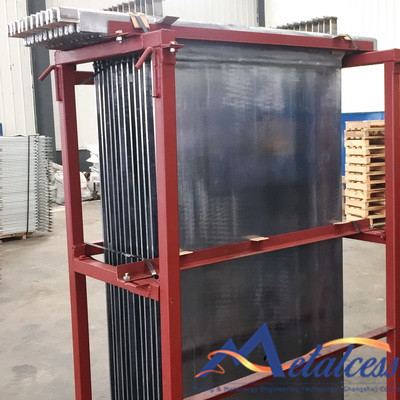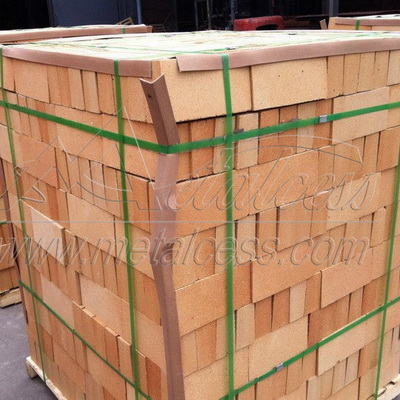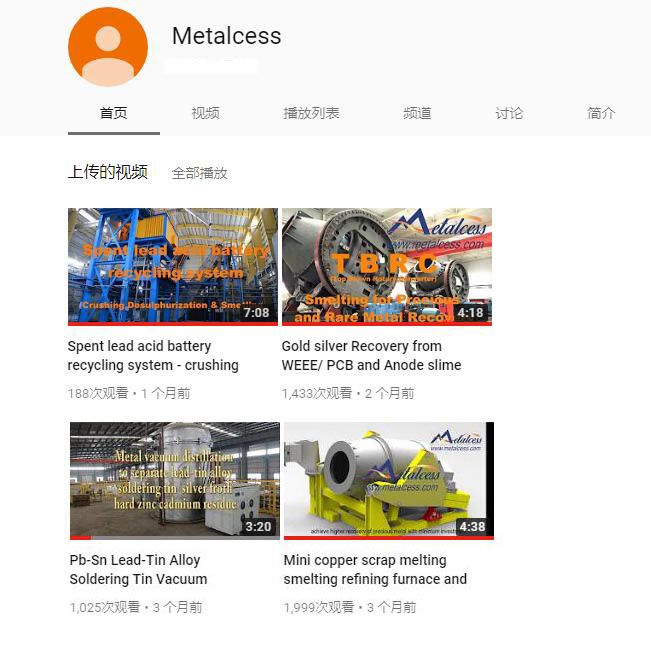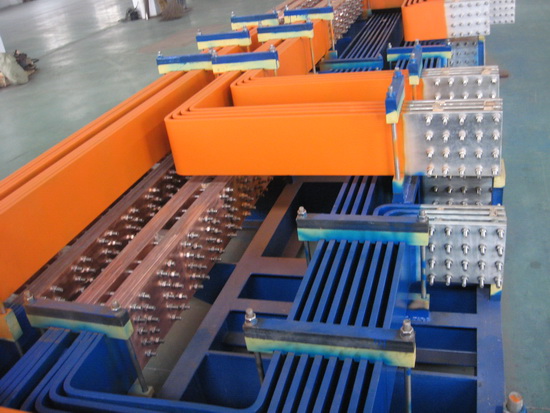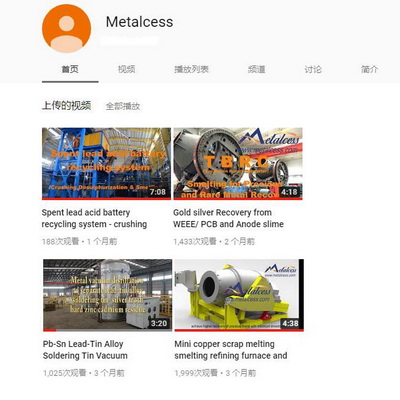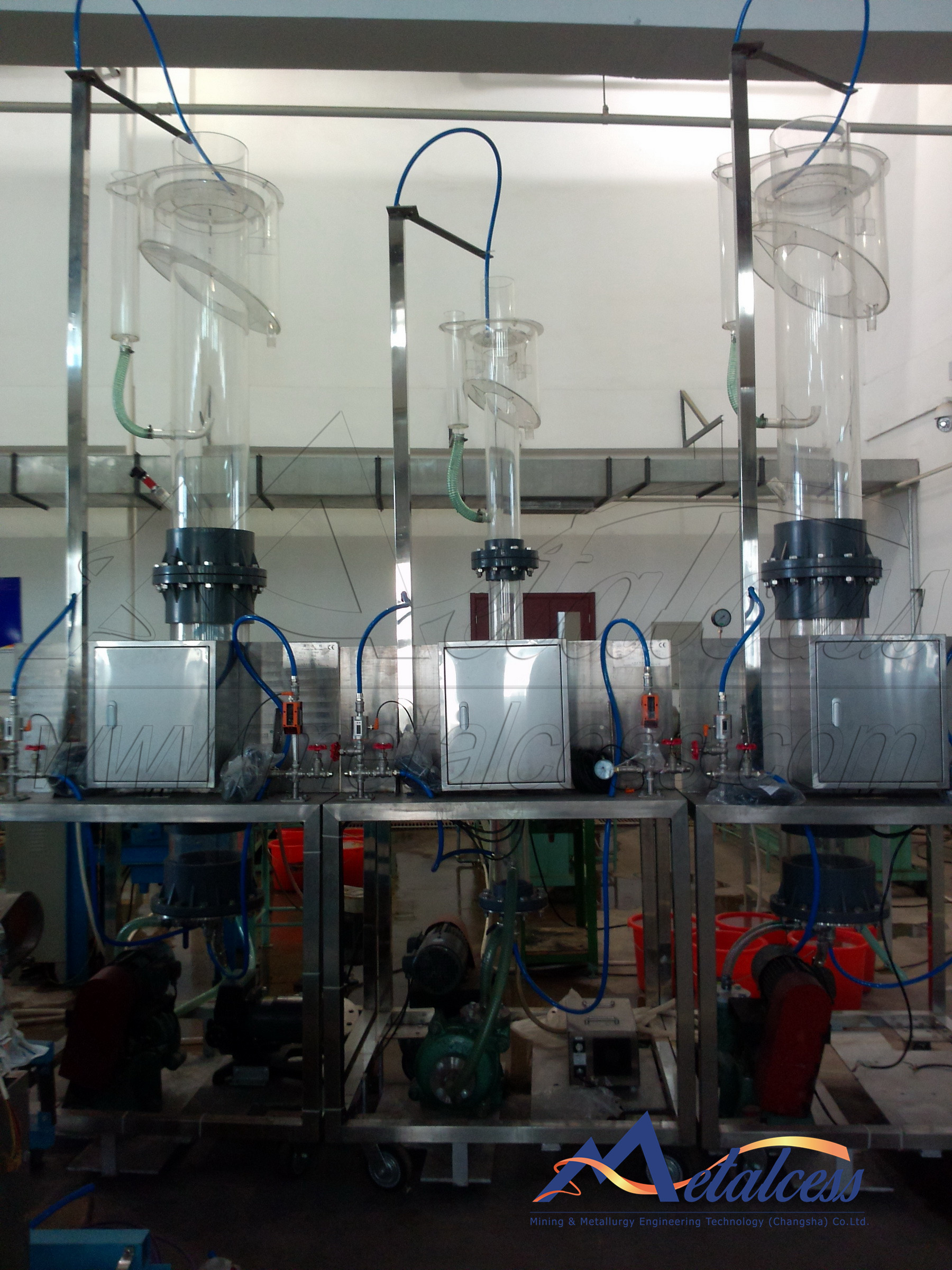Separation is the main step of ore concentration.
Metal recovery and productivity largely depend on the separation process and
methods. Based on the physical and chemical properties of ore like its grain
size, shape, color, density, friction coefficient, magnetism, moisture and
electric property, several process and methods are available.
Metalcess provides the commonly-used separation
methods for raw ore from sorting, gravity separation, flotation, magnetic separation
to electric separation. These methods are mainly applied for raw ore such as
copper sulfide ore, copper oxide ore, lead-zinc sulfide ore, lead-zinc oxide
ore, copper-zinc sulfide ore, copper-lead-zinc sulfide ore, copper-nickel sulfide
ore, copper-molybdenum ore, zinc oxide ore and silver-gold bearing ore, etc.
Nevertheless, Metalcess caters for material separation.
For further treatment of refractory ore, ore tailing, smelting slag, refining
dross, leaching residue, goethite residue, jarosite residue, fume dust and
recycle of WEEE, spent lead acid battery, lithium battery, copper scrap, zinc
scrap, automobile scrap and other metal scraps, a series of advanced
technologies are adopted including magnetization roasting, flash magnetization
roasting, biological floatation, chemical leaching and bio-leaching. These are
patented know-how specialized for increasing metal recovery rate and
eliminating environment impact of hazardous wastes.
With a view to sustainable development, we provides
environment-friendly process and reliable equipment to maximize the metal
recovery and minimize production cost for both ore concentration and tailing/dross /scrap recovery.
Metalcess is a solution provider from ore test,
process design and engineering, equipment selection and supply. Major separation
methods are listed as follows:
1.
Sorting: a separation method using the optical and
radiation method of the material, manual sorting is often applied for high
grade raw ore.
2.
Gravity separation: materials in media like water,
air, etc. the material moves or precipitates in the media at different speed
due to its different density.
3.
Flotation: in the suspension liquid mixed with
reagent, the material shows characteristics of being hydrophilic or
hydrophobic, and the hydrophobic material attached to the rising bubble in the
flotation cell to the cell surface, thus being separated from the gangues.
4.
Magnetic separation: ore separation by magnetism
differential.
5.
Electric separation: the conductive material are separated
from non-conductive material in an environment of high intensity static
electricity.
6. Flash magnetization roasting: specialized for weak-magnetic
or non-magnetic material like leaching iron residue, goethite residue, jarosite
residue, hematite and hematite residue, limonite, siderite, etc. By quick heat
transfer of materials in the fluidized state, magnetization roasting increase
the material’s magnetism and make it suitable for magnetic separation.
7. Biological
flotation: using bacteria to change the physical and chemical property of
material to make it suitable for flotation to get valuable minerals.





